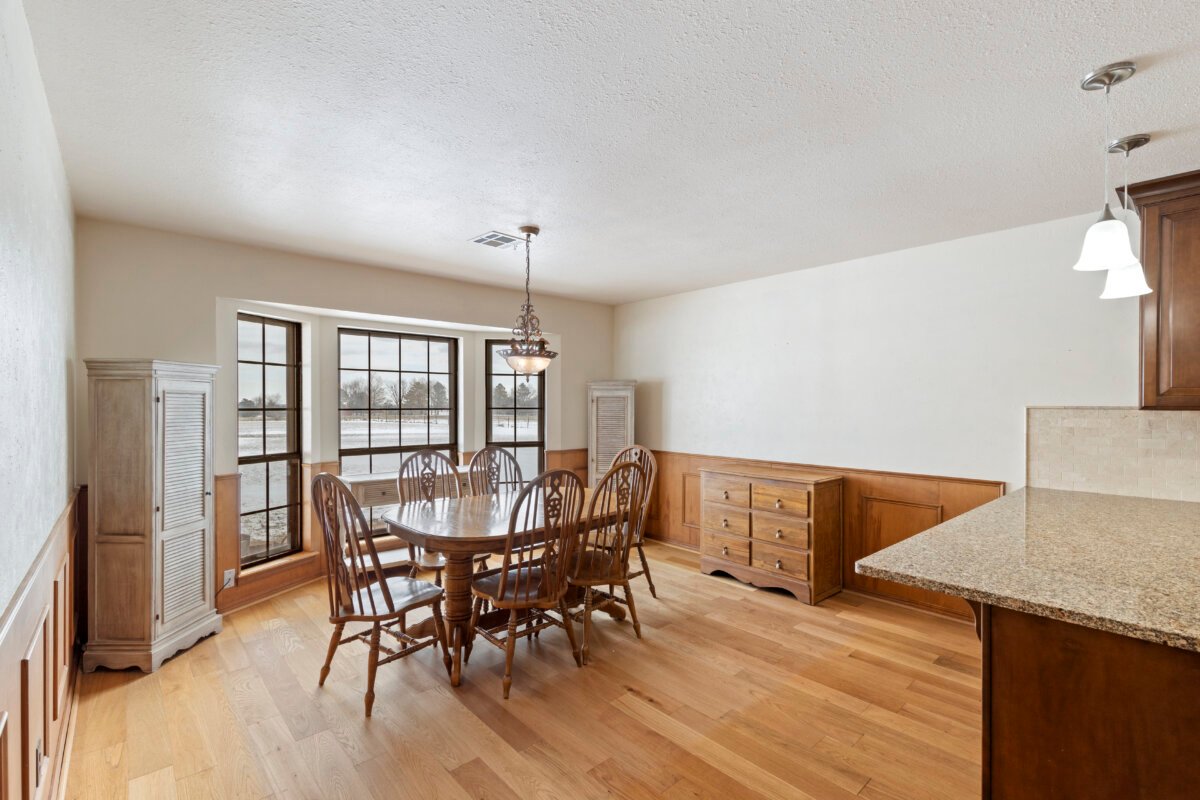
24 Hours with a Real Estate Photo Editor: From Raw to Stunning
In the world of real estate, first impressions matter immensely. Potential buyers often decide whether they’re interested in a property based on the quality of its images. This is where the expertise of a Real Estate Photo Editor comes into play. A skilled editor transforms raw photos into stunning visual representations of a property, enhancing their appeal and making them irresistible to potential buyers. In this blog post, we’ll take an immersive journey through a day in the life of a real estate photo editor, exploring the intricacies and artistry involved in creating breathtaking property images.
Understanding the Role of a Real Estate Photo Editor

Real Estate Photo Editor
A Real Estate Photo Editor plays a crucial role in the marketing of properties. Their job goes far beyond mere corrections; it involves artfully crafting images that highlight the best features of a home while creating an inviting atmosphere for prospective buyers.
The Importance of Quality Images
Quality images serve as the digital front door to any property.
When potential buyers scroll through listings online, they are inundated with options. High-resolution, meticulously edited photos stand out and can significantly influence a buyer’s perception and interest. A well-edited image can evoke emotions, inspire visions of future living, and elicit a sense of connection to a space, making it imperative that editors focus on quality and aesthetics.
The impact of imagery extends beyond aesthetics. Well-photographed and edited images can also enhance search engine optimization (SEO). Listings with high-quality visuals tend to perform better on real estate websites, thus reaching a broader audience and increasing the likelihood of a sale.
Skills and Tools of the Trade
To excel as a Real Estate Photo Editor, one requires a blend of technical skills, artistic vision, and familiarity with various editing tools.
Experienced editors are proficient in software such as Adobe Photoshop and Lightroom. These tools enable editors to manipulate images, adjust lighting, correct colors, and retouch imperfections. Beyond the technical abilities, a successful editor must possess a keen eye for details and an understanding of what makes a property appealing.
Additionally, knowledge of current trends in real estate photography and design can help editors create images that resonate with modern buyers, which often means staying updated with industry standards and preferences.
Daily Workflow Breakdown
A typical day for a Real Estate Photo Editor can be quite dynamic. While each project may vary based on client needs, there are general steps that most days follow.
From receiving raw images from photographers to delivering the finished product, an editor’s workflow will include initial assessments, editing processes, client consultations, and revisions. Balancing efficiency with creativity ensures that deadlines are met while maintaining quality.
The Editing Process: From Start to Finish
Transforming raw images into captivating photographs requires a systematic approach. Each step is essential to ensure that the final results meet both aesthetic and professional standards.
Initial Image Assessment
Once raw images are received, the first step is to assess the quality of each shot.
Editors evaluate exposure, composition, color balance, and overall clarity. Identifying potential issues at this stage allows for more targeted editing strategies later on.
An effective assessment also involves reviewing the client’s specific requests and understanding their vision for the property. If the client has particular features they want highlighted or a specific mood they wish to evoke, this dialogue is crucial.
Furthermore, editors often take note of different angles and views captured by the photographer. Understanding how each image fits into the bigger picture can guide subsequent editing choices.
Color Correction and Exposure Adjustments
One of the primary tasks during the editing process is correcting colors and adjusting exposure.
Color correction is essential for achieving accurate and vibrant hues. The color temperature must be adjusted to reflect the true appearance of the property accurately. Too warm or too cool colors can misrepresent a room’s ambiance and discourage potential buyers.
Exposure adjustments also play a critical role. Images may appear too dark or too bright depending on the lighting conditions during shooting. Editors utilize tonal adjustments to ensure that all areas of the image are properly lit while maintaining natural shadows and highlights.
This step requires a delicate balance. Over-editing can lead to unrealistic images that don’t represent the property truthfully, potentially resulting in disappointment during showings.
Enhancing Details and Textures
With color and exposure properly corrected, the next phase focuses on enhancing details and textures.
Sharpening details can make a significant difference, particularly in showcasing architectural elements such as trims, cabinetry, and flooring. The goal is to bring forth the unique character of the home while ensuring that everything looks polished and clean.
At this stage, editors may also use tools to reduce noise or graininess in images, which can detract from overall quality. Implementing these subtle refinements helps create a visually engaging experience for viewers.
Final Touches and Retouching
The final touches bring together all the editing efforts and ensure that the images are not just appealing but also flawless.
This includes removing any distracting elements from the frame, such as unwanted objects or blemishes. Careful retouching can also mean addressing small details like window reflections, appliance glare, or minor imperfections that could divert attention from the property’s best features.
As the last step, editors might apply stylistic enhancements, such as adjusting contrast and saturation levels or applying filters that align with the brand identity of the real estate agency.
Marketing the Edited Photos

Real Estate Photo Editor
Once the editing process is complete, the next step is determining how best to leverage the stunning images created.
The power of Real Estate Photo Editor work doesn’t just lie in the pictures themselves but how they’re utilized in marketing strategies.
Creating Compelling Listings
High-quality images are integral to compelling property listings.
Real estate agents often rely heavily on striking visuals when composing online listings. Images should be showcased prominently, enticing potential buyers and capturing their attention. Alongside engaging descriptions, these images form the backbone of promotional materials, including online advertisements, brochures, and social media posts.
The synergy between photographs and listing copy is vital. Good writing paired with remarkable visuals can elevate a listing to new heights, drawing in inquiries and boosting open house attendance.
Social Media Marketing
Social media platforms have become powerful tools for real estate marketing.
Platforms like Instagram and Pinterest thrive on beautiful imagery, and real estate professionals who capitalize on this trend can extend their reach considerably. By sharing edited photos on these channels, agents can engage potential clients visually, fostering connections that ultimately lead to sales.
Moreover, utilizing targeted hashtags and effective captions enhances visibility, allowing listings to make their way into feeds of interested buyers. Regularly posting fresh content keeps the audience engaged, showcasing both the properties and the editor’s talent.
Building a Portfolio
For a Real Estate Photo Editor, building a strong portfolio is essential for attracting new clients.
By showcasing a collection of edited works, editors can demonstrate their skills, style, and versatility. An impressive portfolio can serve as a powerful marketing tool that speaks volumes to prospective clients about the quality of work they can expect.
Additionally, an editor can use testimonials and feedback received from past clients to narrow down their niche and target audience, further solidifying their market presence.
Challenges Faced by Real Estate Photo Editors

Real Estate Photo Editor
While the editing process can be rewarding, it is not without its challenges. Navigating these obstacles effectively is key to maintaining a successful career as a Real Estate Photo Editor.
Time Management
One of the foremost challenges faced by editors is time management.
Balancing multiple projects with varying deadlines requires careful planning and organization. An editor’s ability to prioritize tasks and allocate time wisely is fundamental, especially during peak seasons when demand for real estate photos surges.
Having a structured workflow and setting realistic expectations can help alleviate some time pressure. However, unexpected requests or last-minute changes from clients can complicate matters, necessitating flexibility and adaptability.
Maintaining Consistency Across Projects
Consistency in style and quality across various projects is another hurdle.
Each property has its own unique attributes, but it’s essential for images to maintain a cohesive look that aligns with the agent’s branding or a specific aesthetic standard. Striking this balance can be tricky, especially when working with a diverse array of properties.
Developing style guides and templates can assist in maintaining consistency. Communicating with clients about their desired aesthetic can help editors align their vision with the desired outcome.
Staying Updated with Trends
The realm of real estate photography is ever-evolving, with new trends emerging regularly.
Keeping abreast of seasonal shifts, popular styles, and technology advancements can be overwhelming. Yet, it is crucial for editors to remain knowledgeable about trends to produce relevant and appealing images.
Investing time in continued education via workshops, webinars, and online courses can bolster an editor’s skillset and keep their work fresh and modern.
Conclusion
Being a Real Estate Photo Editor is a multifaceted role that blends creativity, technical skill, and an understanding of marketing. Through the meticulous process of transforming raw images into stunning visual narratives, editors contribute significantly to the real estate industry, helping properties shine in a crowded market.
From the initial assessment of images to the final retouches, every step is integral to producing visuals that evoke emotion and draw potential buyers in. Despite facing challenges such as time constraints and the need for consistency, the rewards of creating captivating imagery that showcases a property’s essence far outweigh the hurdles.
As technology continues to evolve and the real estate market adapts, the role of the real estate photo editor will only grow in importance. With an eye for detail, a passion for creativity, and a commitment to excellence, these professionals will continue to shape the way properties are perceived in the digital landscape for years to come.
Contact me for the best real estate photo and video editing service.



